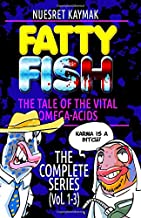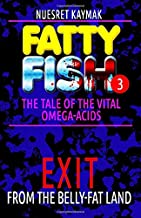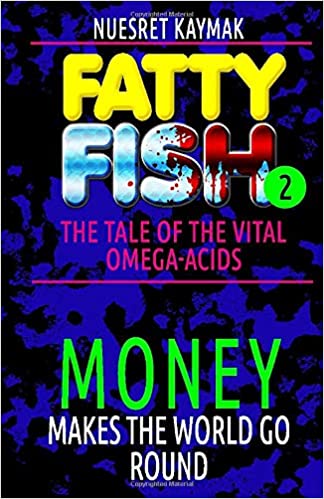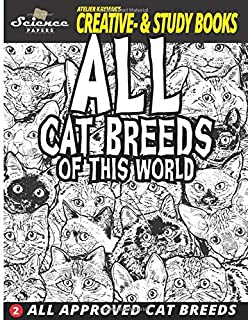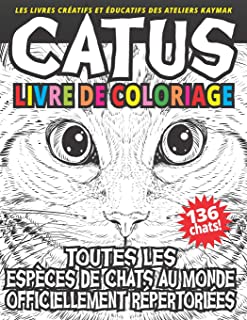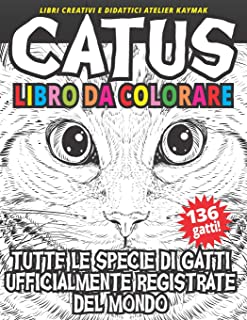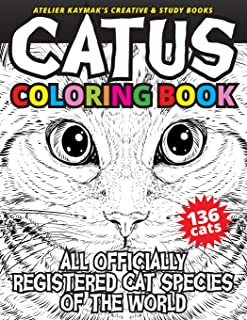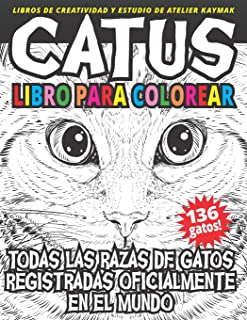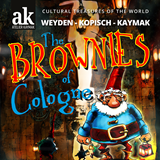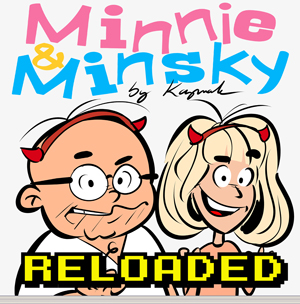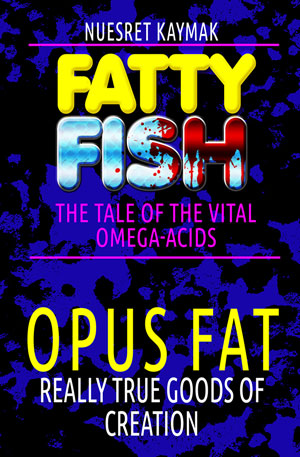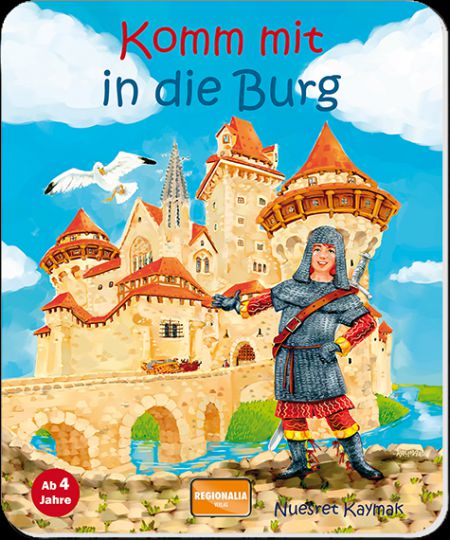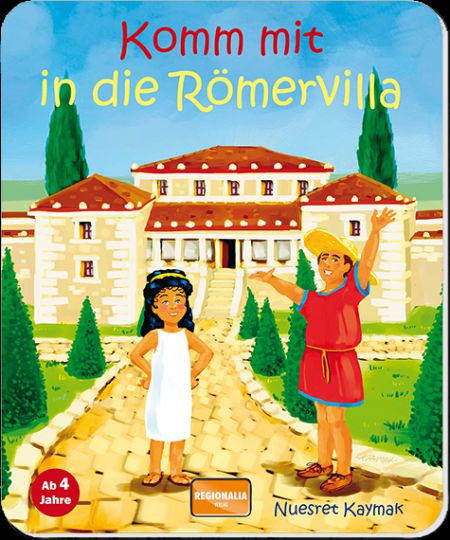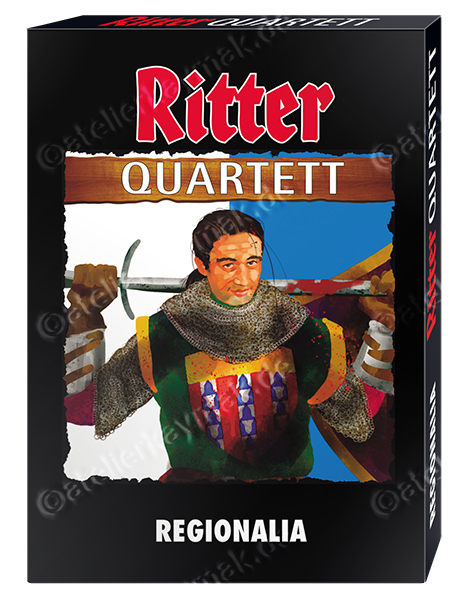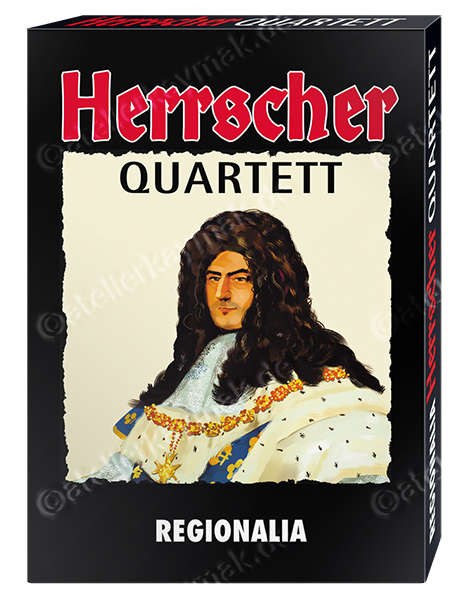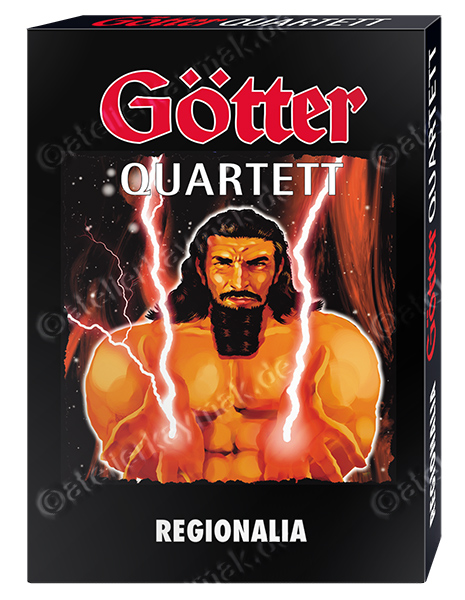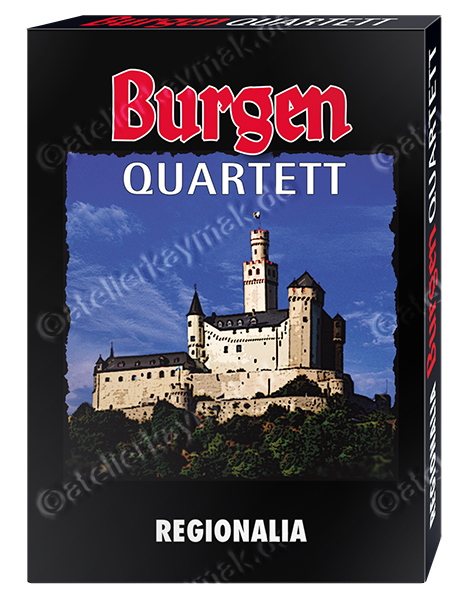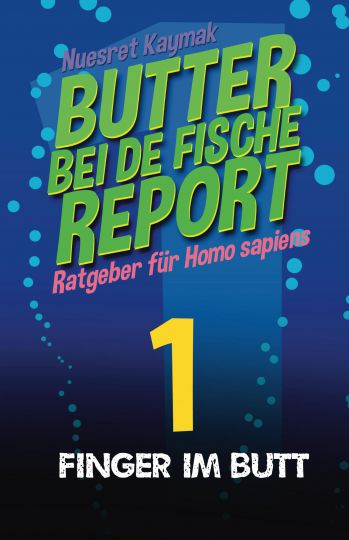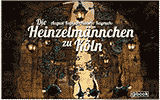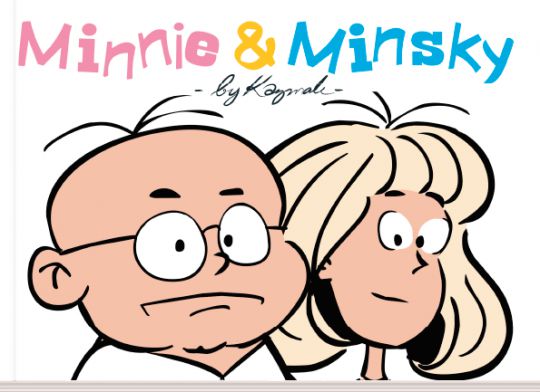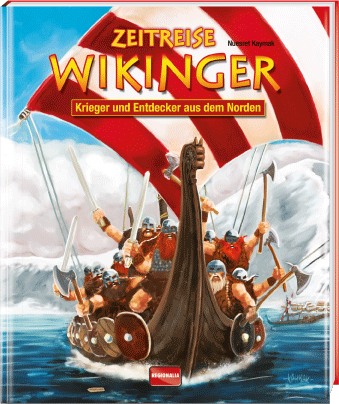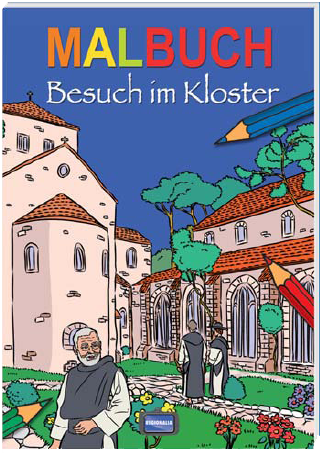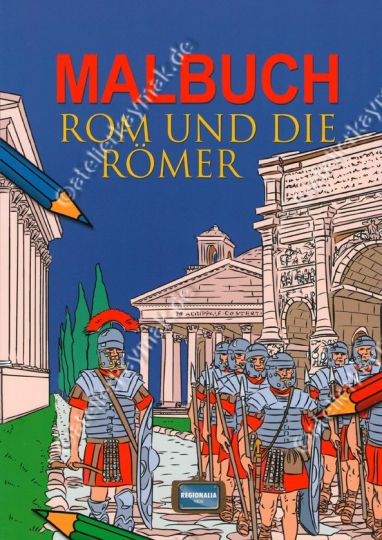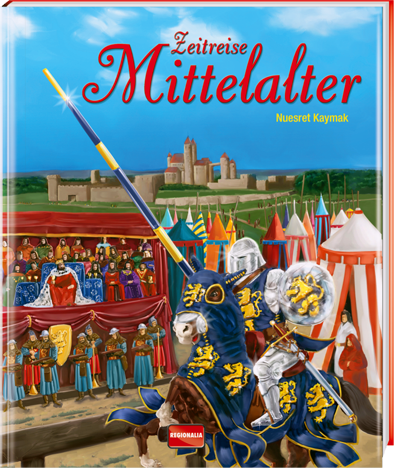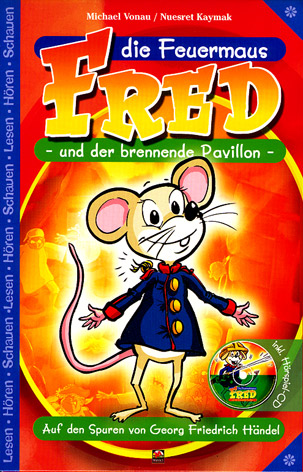Letztes Jahr über 1.000 Kalligraphie-Bücher verkauft
Laut Tantiemenabrechung sind in 2021 über 1.000 Exemplare meines Kalligraphiebuches verkauft worden. Da bin ich mächtig froh darüber! :-)
 Das ist auch kein Wunder, denn dieses Buch ist nicht auf das Schreiben begrenzt - sondern deckt praktisch das ganze Spektrum um das Thema Schrift, Schreiben und alles was dazu gehört - mit Hintergrundwissen und Anleitungen ab: sieben Alphabete (darunter chinesische Schriftzeichen), Schreibutensilien, Farben, Schriftbilder, eigene Papierherstellung (auch Marmorpapier) und mit Wasserzeichen und Prägung veredeln, Buchumschläge erneuern, Notizbücher und Zeichenblöcke herstellen, Gummi-Stempel anfertigen und sogar eigene Bilder im Linoldruck zu vervielfältigen... Das ist schon eine ordentliche Menge an Knowhow! Ein "Multifunktionsanleitungsbuch"!
Überzeugen Sie sich selbst:
Das ist auch kein Wunder, denn dieses Buch ist nicht auf das Schreiben begrenzt - sondern deckt praktisch das ganze Spektrum um das Thema Schrift, Schreiben und alles was dazu gehört - mit Hintergrundwissen und Anleitungen ab: sieben Alphabete (darunter chinesische Schriftzeichen), Schreibutensilien, Farben, Schriftbilder, eigene Papierherstellung (auch Marmorpapier) und mit Wasserzeichen und Prägung veredeln, Buchumschläge erneuern, Notizbücher und Zeichenblöcke herstellen, Gummi-Stempel anfertigen und sogar eigene Bilder im Linoldruck zu vervielfältigen... Das ist schon eine ordentliche Menge an Knowhow! Ein "Multifunktionsanleitungsbuch"!
Überzeugen Sie sich selbst:
Inhalt KAPITEL 1: SCHRIFTKUNDE • Einführung • Grundausstattung Antiqua • Technik Groß und Kleinbuchstaben • Anleitung Glückwunschkarte Kursivschrift • Einführung • Großbuchstaben • Kleinbuchstaben • Anleitung Einladungskarte Textura • Einführung • Schrifthöhe und Hilfslinien • Technik Groß und Kleinbuchstaben • Anleitung Siegerurkunde Unzialschrift • Einführung • Technik • Doppelbleistift • Anleitung Danksagungskarte Römische Versalien • Einführung • Aufbau und Proportionen • Technik • Anleitung Adressmitteilung Anglaise • Einführung • Grundlagen • Technik Großbuchstaben • Technik Kleinbuchstaben • Anleitung Rezept und Etikett Chinesische Schriftzeichen • Einführung • Basiswissen • „Acht Prinzipien des Schriftzeichens“ • Praxisanleitung KAPITEL 2: SCHRIFTGRAFIK Alternative Federn • Einführung • Bambus-/Rohrfeder • Schwammtuch-Feder • Holzfurnierfeder • Gänsekiel Malerpinsel • Einführung • Technik Linienführung • Anleitung Riesenbanner Farbe • Einführung • Gouache, Aquarellfarbe und Tinte • Anleitung Gedichtgestaltung Initiale und Verzierung • Einführung • Techniken • Anleitung Andenkenblatt Stammbaum • Einführung • Anleitung Stammbaum Heraldik • Einführung • Basiswissen Wappenkunst • Basiswissen Wappenkunde • Anleitung Familienwappen Lageplan • Einführung • Basiswissen • Verzierungen • Anleitung Anfahrtsbeschreibung KAPITEL 3: PAPIER • Einführung Papierschöpfen • Vorbereitung • Anleitung Papierschöpfen Eigenes Briefpapier • Einführung • Anleitung Papierfärben • Anleitung Papierprägen • Anleitung Wasserzeichen Marmorpapier • Einführung • Herstellung Marmorpapier KAPITEL 4: BUCHBINDEN Notizbuch • Einführung • Herstellung Notizbuch Einband • Einführung • Herstellung Einband KAPITEL 5: DRUCKGRAFIK Monogrammstempel • Einführung • Herstellung Monogrammstempel Linoldruck • Einführung • Basiswissen • Anleitung Linoldruck Der Autor Quellennachweis Bildnachweis © Regionalia Verlag, Kraterleuchten VerlagDieses geballte Spektrum rund um das Thema Schreiben: das per Hand geschriebenes Zeichensystem und allem, was dazu gehört - deckt keines der auf dem Markt angebotenen Bücher so leicht ab. Und wenn, kosten sie im Vergleich zu diesem Sammelwerk ein Vermögen. :-) Überzeugt?
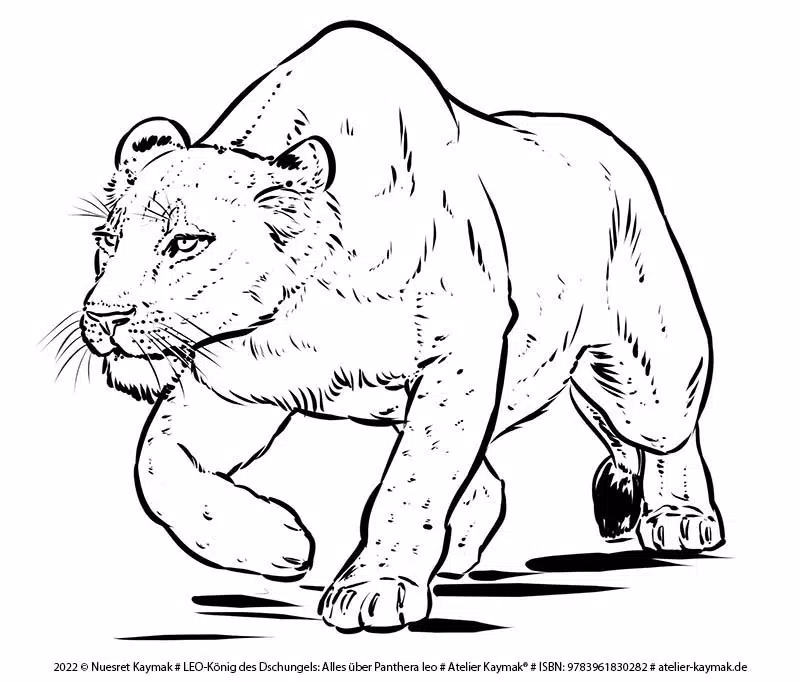
 #b2b Deutsch 1:42, Full HD
#b2c Deutsch 1:30, Full HD
#b2b English 1:42, Full HD
#b2c English 1:34, Full HD
#b2b Deutsch 1:42, Full HD
#b2c Deutsch 1:30, Full HD
#b2b English 1:42, Full HD
#b2c English 1:34, Full HD









